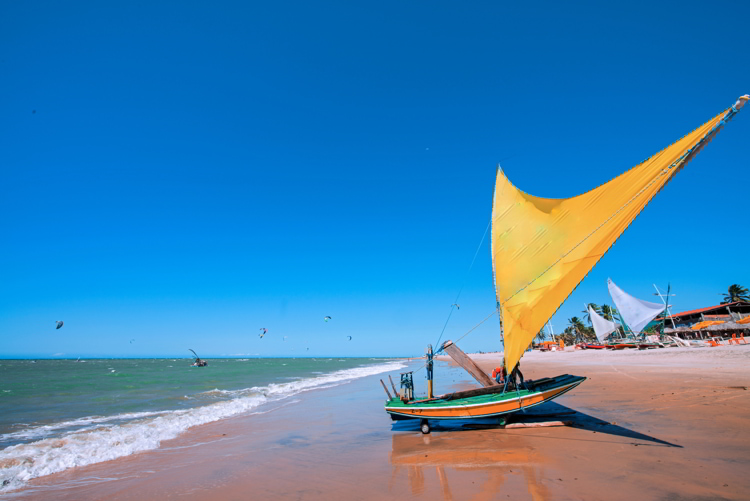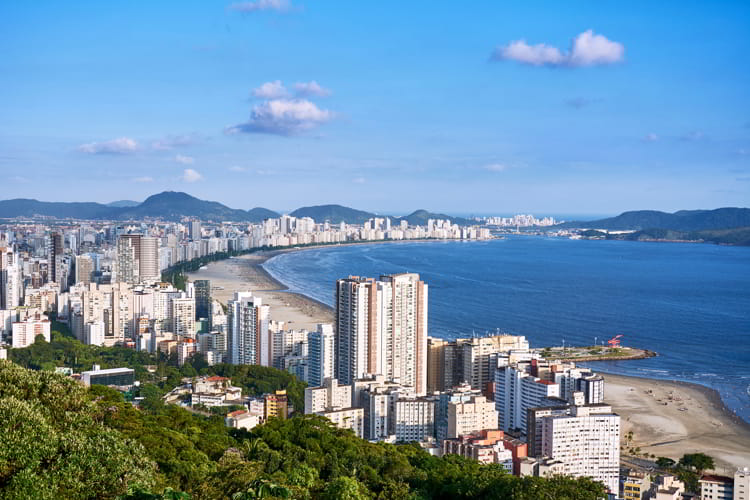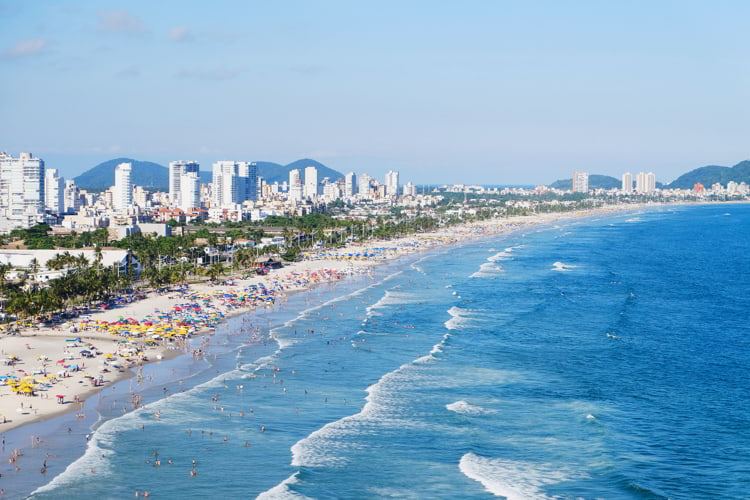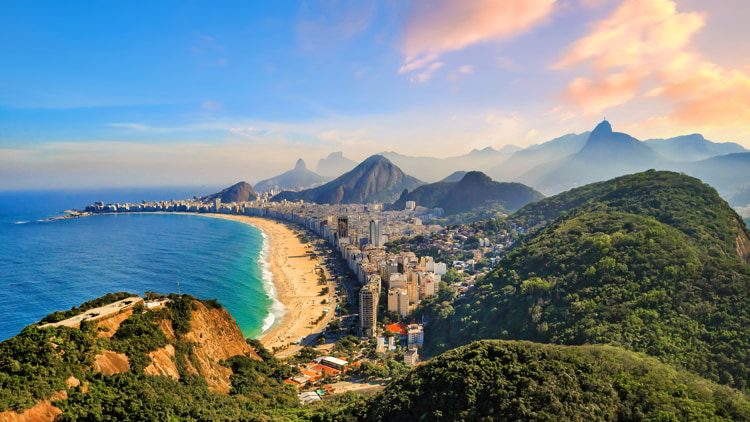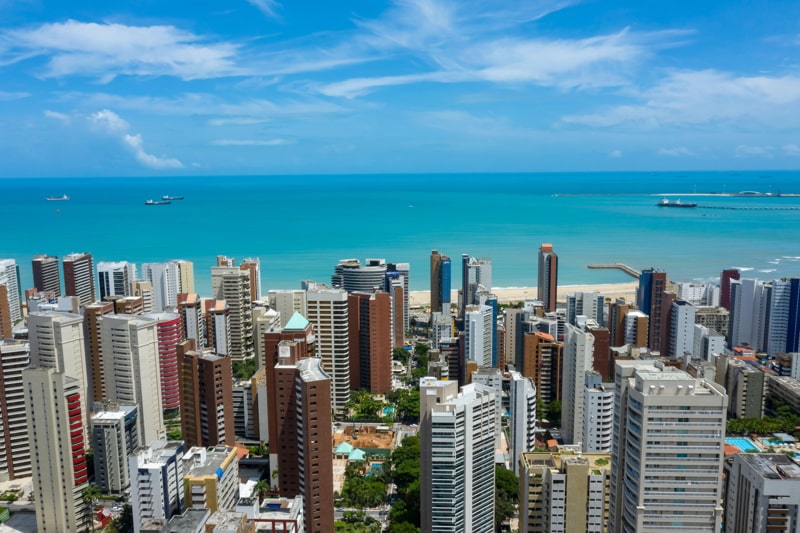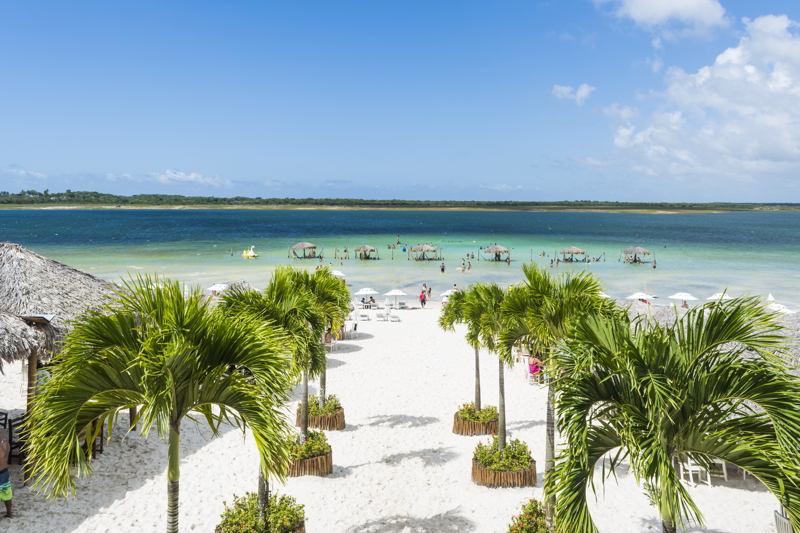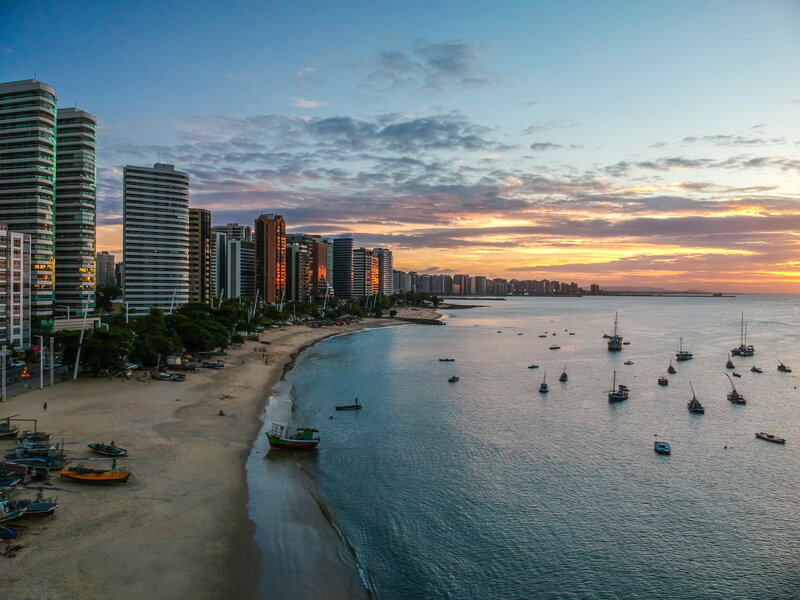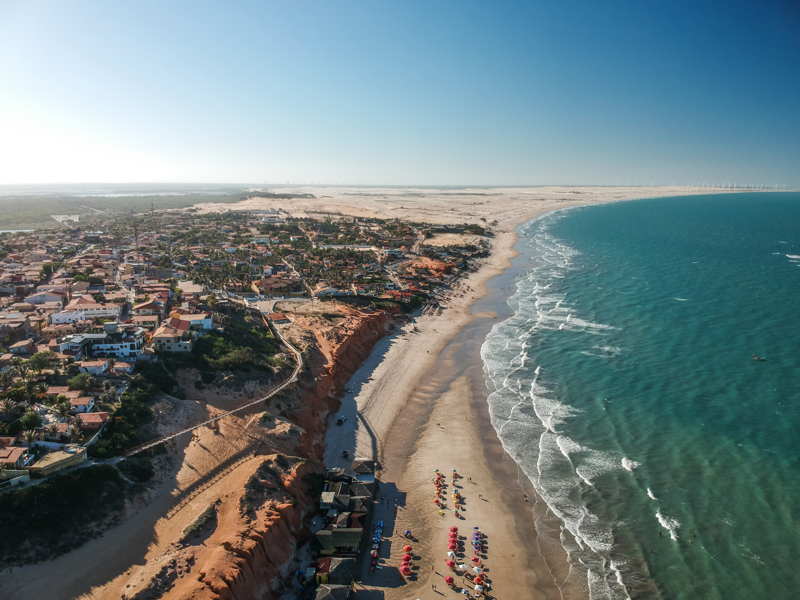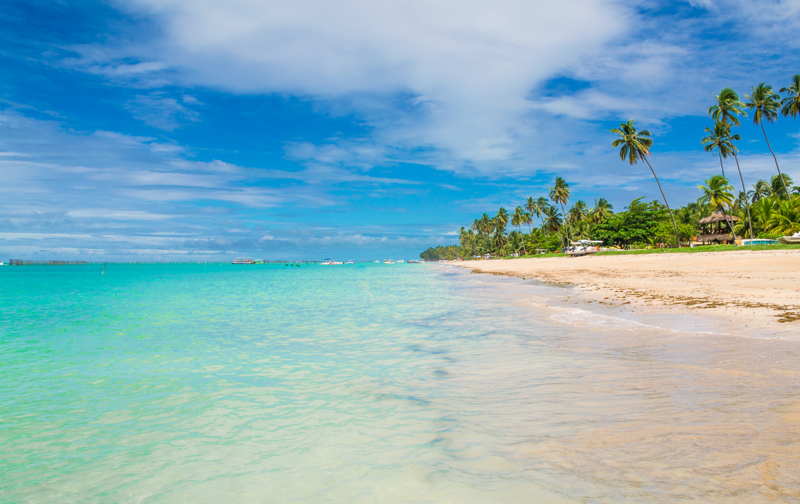The Battle For Brazil’s Presidency
Next Sunday, Brazil is having its run-off presidential election. The showdown between the far right and far left is creating a lot of noise… The left is accusing the right of trying to destroy democracy, and the right is dismissing the left of trying to derail the economy. Neither side is being honest. Political mudslinging […]
The Battle For Brazil’s Presidency Read More »


